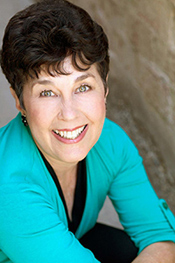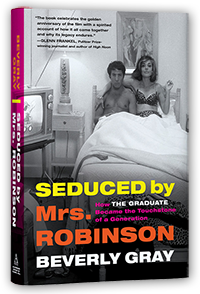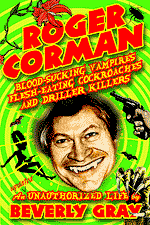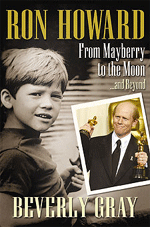The horrific events in Santa Barbara that left six young
people dead and many others wounded have hit me hard. The killer began his
rampage by slaughtering his college roommates. But his real target – spelled
out in a series of chilling YouTube videos -- was clearly the pretty, popular
co-eds who lived at the sorority houses of the University of California’s Santa
Barbara campus. In my Roger Corman days, I worked on Sorority House Massacre II. But I never thought the events of that
slasher flick would be played out in real life.
The classic “girls in jeopardy” films, which date back to Halloween in 1978, feature plucky young
women menaced in nightmarish fashion by a male intruder. A “final girl” always
survives to tell the tale, but not before many attractive females have been brutally
slaughtered. Personally, I’ve contributed to the scripts of Concorde’s Slumber Party Massacre II and III, as well as to Jim Wynorski’s quickie
take on Sorority House Massacre, not
to mention his office-tower follow-up, Hard
to Die. Wynorski’s involvement in the latter two films assured the viewer
of buxom young lovelies being terrorized in their undies. But mostly Roger
Corman mandated that his films in this genre be written, produced, and directed
by women. His reasoning: if women called the shots, he’d be able to swear that
the on-screen carnage was justified, because it simply reflected the fears felt
by post-adolescent girls facing their budding sexuality.
Despite this clever self-justification, the fans of the Slumber Party and Sorority House series are largely male. I suspect what they like is
the sight of nubile young women, scantily clad, screaming in horror as they
flee from a relentless assassin. There are two Facebook groups I know of that
celebrate these films. I’ve communicated with some of their members, and
they’re hardly rooting for harm to befall the films’ female protagonists. In
fact, they often strongly identify with the damsels in distress. Said one, “Women-in-jeopardy
films as a whole appealed to me as a teenager because I was associating myself
with the heroine of each film. I wasn't enjoying watching her get tormented. I
was enjoying watching her survive. Overcoming the odds.” These female characters, he said, were “going
through the worst time of their life, but they were coming out on top.
Battered, bloodied and bruised, they were still beating the bad guys.”
And
yet . . . a key component of all of these slasher films is that bad guy, someone who hates women and wants to make them
suffer. He’s so attractive to viewers, in his dark and demonic way, that I’ve
seen lively debates about which Driller-Killer (from Slumber Party Massacre I, II, or III) fans prefer. The killer’s backstory
varies from film to film, but none seems much different from Elliot Rodger, who
announced in a 141-page diatribe that “I will punish all females for the crime
of depriving me of sex. . . . I cannot
kill every single female on earth, but I can deliver a devastating blow that
will shake all of them to the core of their wicked hearts.” Rodger’s relentless
anger and self-pity are hideous to contemplate, but I have the sinking feeling
that somewhere out there someone is incorporating him into the script for a new
slasher extravaganza.
According
to the newspapers, Elliot Rodger’s life was one of Hollywood privilege. Thanks
to family connections, he hobnobbed with celebrities, went to the swankiest
schools, drove a BMW on his killing spree. So sad that he went Hollywood by
leaving a trail of blood.








Sobering thoughts over some terribly sad current events.
ReplyDeleteThanks, Mr. C. I've tried to initiate a conversation on Facebook about why fans love these films, but (perhaps understandably) no one seems to want to delve too deep.
ReplyDelete